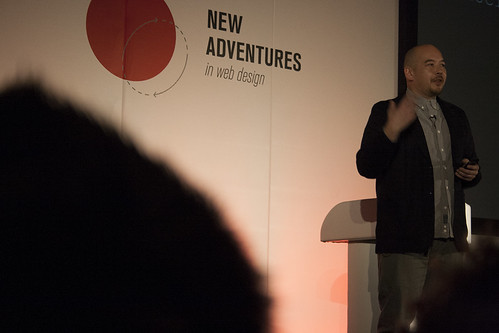Are you looking to create a webpage but you do not know how? You have some ideas for your site, such as displaying photos and videos, but you do not know how to translate your ideas into reality. Fortunately, this handpicked selection of website development tips and tricks should help you along the way. Take a few minutes to go through these tips and plan out your web design project more efficiently.
On the Internet today, speed is where it’s at. So you must make sure everything on your site loads fast. Visitors can quickly become impatient and leave your site if it loads too slowly. They will often move on to another site and usually never return to yours.
Web Host
Never use pop-ups. Everyone hates getting pop-up after pop-up on a website. Many people will close a website that brings pop-ups as soon as they can, no matter what size the site is. Avoid those annoying ads to keep your customers content. If your web host forces you to have pop-up ads, try to find another web host.
Keep your topics separate. If your website covers a variety of different topics, put these topics on separate pages. It’ll help people find what they are looking for easier, and search engines will have an easier time ranking specific pages.
Keep your homepage simple. A lot of people will only look at the front page. That’s where they are making the decision whether to spend more time on your site. make your business description specific and provide unique offerings, just keep distraction to a minimum.
If you’re creating a large site, include search functions for your visitors. Put in a search box in the right-hand corner up on top of the homepage, as this allows the site visitors to type in a single keyword that shows up anywhere on your site. You can get free search boxes from Google or FreeFind.
Know what you’re talking about. Research your subject before posting anything. Providing misleading information to your consumers will only cause them to leave your site. Understanding your subject is the key to a good blog.
Create Professional
Use Photoshop to create professional looking graphics for use on your website. Programs like Photoshop are great for new web designers, because it allows them to quickly create professional websites. Not having this software can lead to a design which looks amateurish and untrusthworthy.
You want to set up some way to let visitors give you feedback. That will allow you to fix any problems that you may not otherwise notice. Negative and positive feedback are useful in improving your website.
Always make sure that the navigation on your website is clear, user-friendly and easy to maintain. How your navigation links are placed on your site will impact how long visitors stay on your site. The navigational part of your website should allow users a great experience.
Try and write a decent “About Us” page. A lot of websites contain ugly, uninformative, generic “About Us” pages. Spice things up. Give visitors insight into you, the designer. Help them understand how you began designing websites, which other designers you consider to be mentors, and where you are going from here.
Monitor your site periodically for broken links. The best time to do this is just before you FTP the page over to the server. Checking links is important since visitors who click the link will become frustrated if they find unavailable content on a frequent basis. To prevent this from happening, do a quick check to ensure everything is working properly.
Building small websites can help you see what areas to get better at. As a starting point, try to design two or three basic pages that only contain text, and then work your way upwards from there.
There are many good books which can help you learn more about web page design. Begin with books that teach to your skill level, and progress from there. It is important to learn quickly, but you should ensure that you are not skipping any vital information!
As you can see, designing a professional website can be fairly straightforward. Familiarizing yourself with the fundamental elements of design, you can make sense of the end product more effectively then you imagined. These tips should make it much easier for you to start developing an attractive, user-friendly website.
